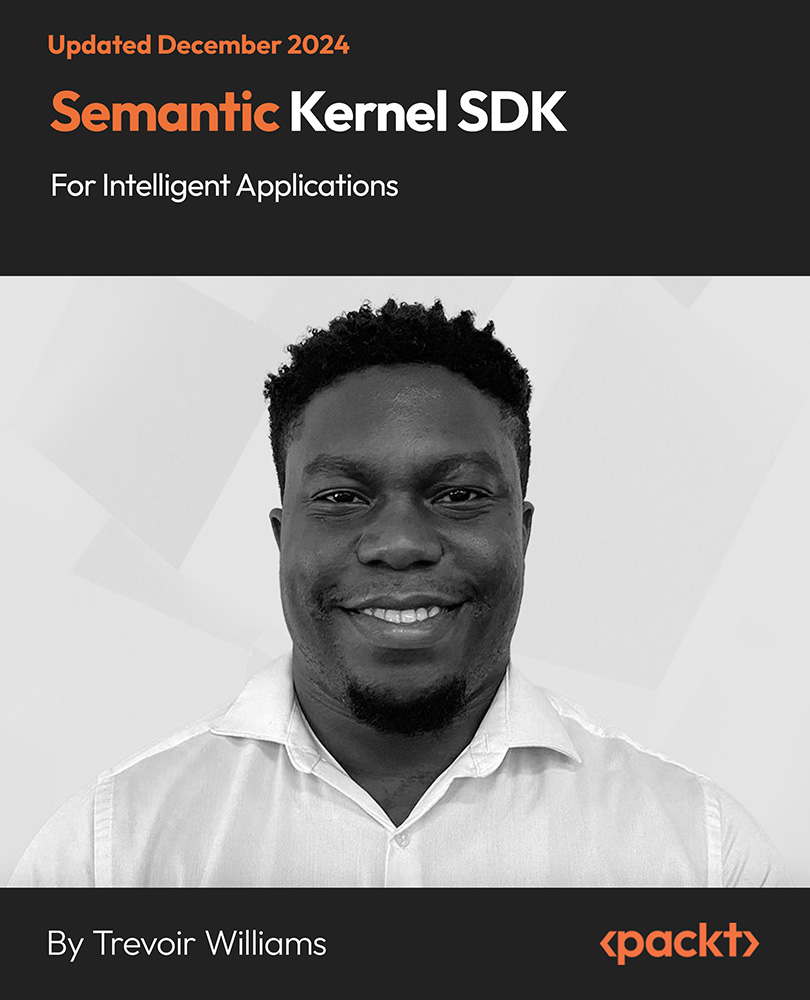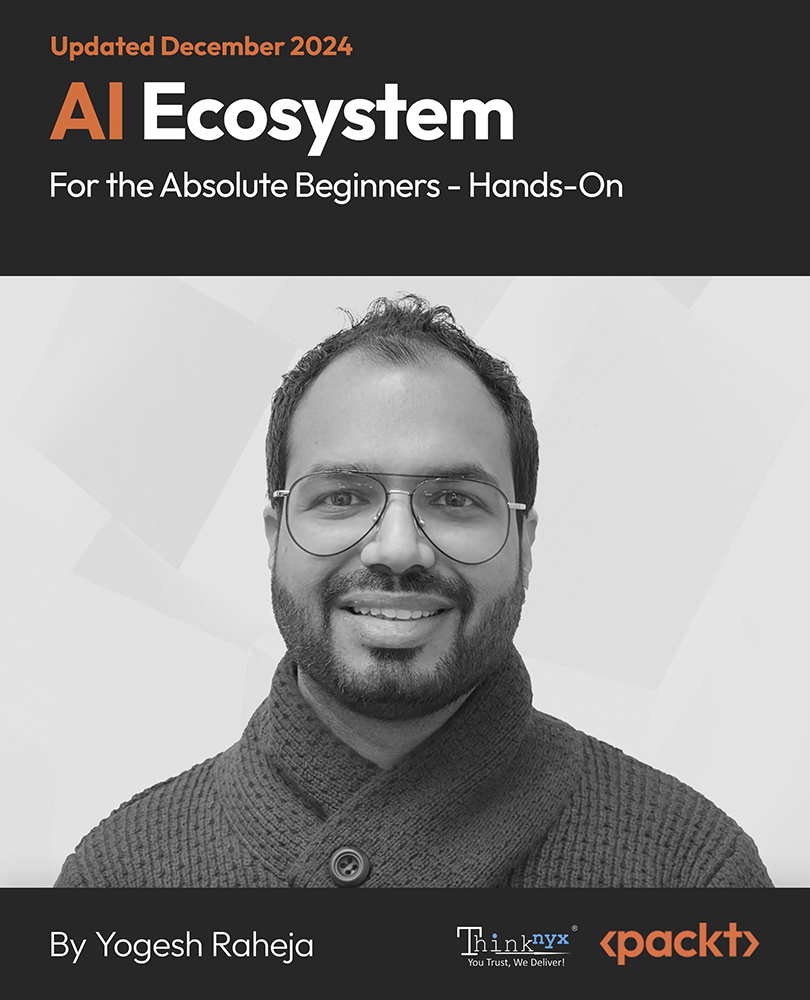€18.99
per month
Paperback
Mar 2017
540 pages
1st Edition
-
Get to grips with the underlying technical principles and implementations of blockchain.
-
Build powerful applications using Ethereum to secure transactions and create smart contracts.
-
Explore cryptography, mine cryptocurrencies, and solve scalability issues with this comprehensive guide.
Blockchain is a distributed database that enables permanent, transparent, and secure storage of data. The blockchain technology is the backbone of cryptocurrency – in fact, it’s the shared public ledger upon which the entire Bitcoin network relies – and it’s gaining popularity with people who work in finance, government, and the arts.
Blockhchain technology uses cryptography to keep data secure. This book gives a detailed description of this leading technology and its implementation in the real world.
This book begins with the technical foundations of blockchain, teaching you the fundamentals of cryptography and how it keeps data secure. You will learn about the mechanisms behind cryptocurrencies and how to develop applications using Ethereum, a decentralized virtual machine. You will explore different blockchain solutions and get an exclusive preview into Hyperledger, an upcoming blockchain solution from IBM and the Linux Foundation. You will also be shown how to implement blockchain beyond currencies, scability with blockchain, and the future scope of this fascinating and powerful technology.
This book appeals to those who wish to build fast, highly secure, transactional applications. This book is for those who are familiar with the concept of blockchain and are comfortable with a programming language.
-
Master the theoretical and technical foundations of blockchain technology
-
Fully comprehend the concept of decentralization, its impact and relationship with blockchain technology
-
Experience how cryptography is used to secure data with practical examples
-
Grasp the inner workings of blockchain and relevant mechanisms behind Bitcoin and alternative cryptocurrencies
-
Understand theoretical foundations of smart contracts
-
Identify and examine applications of blockchain technology outside of
-
currencies
-
Investigate alternate blockchain solutions including Hyperledger,
-
Corda, and many more
-
Explore research topics and future scope of blockchain technology
 United States
United States
 Great Britain
Great Britain
 India
India
 Germany
Germany
 France
France
 Canada
Canada
 Russia
Russia
 Spain
Spain
 Brazil
Brazil
 Australia
Australia
 Singapore
Singapore
 Hungary
Hungary
 Ukraine
Ukraine
 Luxembourg
Luxembourg
 Estonia
Estonia
 Lithuania
Lithuania
 South Korea
South Korea
 Turkey
Turkey
 Switzerland
Switzerland
 Colombia
Colombia
 Taiwan
Taiwan
 Chile
Chile
 Norway
Norway
 Ecuador
Ecuador
 Indonesia
Indonesia
 New Zealand
New Zealand
 Cyprus
Cyprus
 Denmark
Denmark
 Finland
Finland
 Poland
Poland
 Malta
Malta
 Czechia
Czechia
 Austria
Austria
 Sweden
Sweden
 Italy
Italy
 Egypt
Egypt
 Belgium
Belgium
 Portugal
Portugal
 Slovenia
Slovenia
 Ireland
Ireland
 Romania
Romania
 Greece
Greece
 Argentina
Argentina
 Netherlands
Netherlands
 Bulgaria
Bulgaria
 Latvia
Latvia
 South Africa
South Africa
 Malaysia
Malaysia
 Japan
Japan
 Slovakia
Slovakia
 Philippines
Philippines
 Mexico
Mexico
 Thailand
Thailand

















